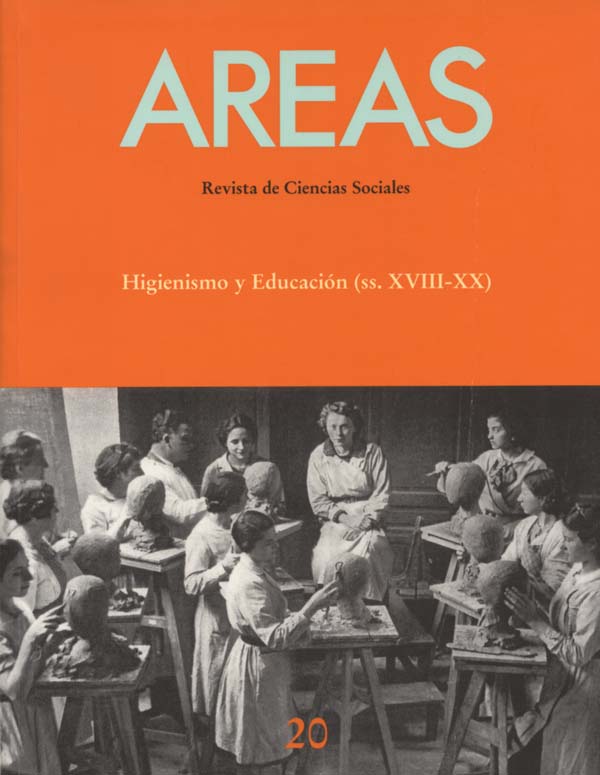CIVILITY, HYGIENE AND HYGIENISM
Abstract
The XIXth century, specially in its second half, was the century of hygiene and hygienic sensibility; a sensibility shown, in the school institution, in Hygiene and Domestic economy textbooks that were published after the introduction of this subject in the schools for girls, in 1857, and of the textbooks on Civility. After pointing out the space and content of Civility in the context of school matters, this work tries to clarify the hygienist perspective developped in its textbooks, as well as the articulation of this topic of hygiene in the model proposed by them of (well) educated man and woman. Code of (good) Christian behaviours, the textbooks of Civility aspired to define a set of external rules based on the notions of order, decorum, and respect. In this way the hygienic values, inserted in a wider context, although they were usually included in a specific chapter -generally titled "On cleanliness and tidiness" were also present in many other chapters of these textbooks. The insistence observed in them on the "hygienization" of the boys' and girls' life, submitting it to economic and social criteria of rationality, transforms the hygiene into one more tool of control within Civility.Downloads
Download data is not yet available.
Metrics
Views/Downloads
-
Abstract2635
-
PDF (Español (España))1320
22-01-2012
Guereña, J.-L. (2012). CIVILITY, HYGIENE AND HYGIENISM. Areas. International Social Science Journal, (20), 61–72. Retrieved from https://revistas.um.es/areas/article/view/144661
Artículos
The published works by this Journal are subject to the following terms:
1. The Publication Service of the University of Murcia (the Editor) owns the copyright of its publications. It promotes and allows its use under the indicated licence in Section 2.
© Servicio de Publicaciones, Universidad de Murcia, 2011
2. Papers are digitally published under the licence Creative Commons Reconocimiento-NoComercial-SinObraDerivada 3.0 España (legal text). They can be copied, used, disseminated, transferred and publically presented if: i) the author is quoted, as well as the original source of publication (Journal, editorial and URL); ii) they are not used for commercial purposes; iii) the licence of use is mentioned.
3. Auto-file Conditions. It is allowed and authors are encouraged to digitally disseminate their pre-print versions (versions prior to review) and/or post-print (reviewed version accepted for its publication) since it promotes its early diffusion and the corresponding increase of quotes and scope within the academic community. RoMEO Colour: green.


